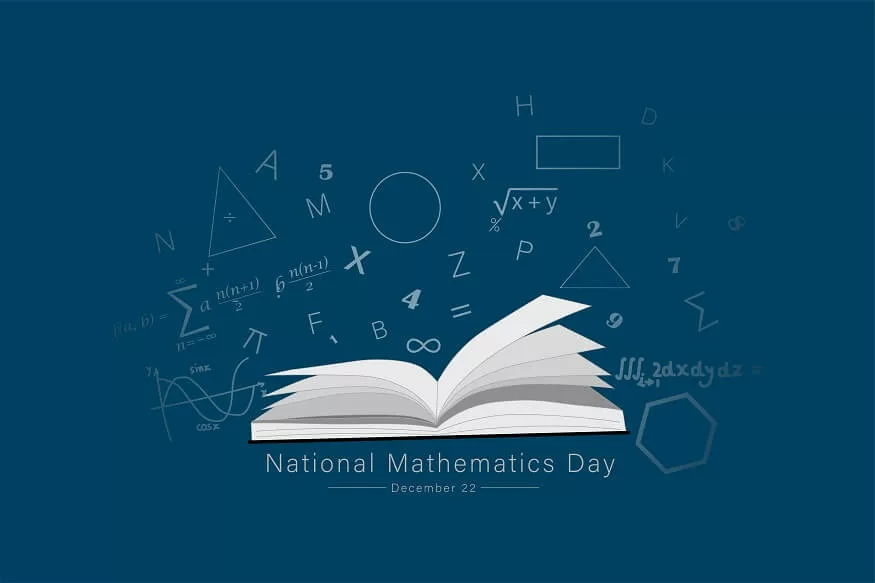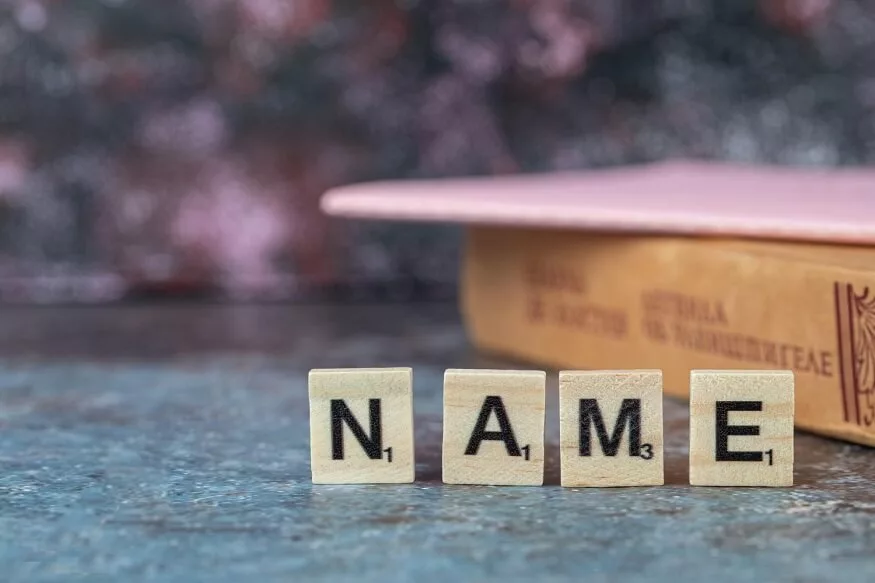National Mathematics Day is observed annually on December 22 in India. The day is observed to honour the birth anniversary of the renowned mathematician Srinivasa Ramanujan. In this article, we will delve into the history of National Mathematics Day, explore its significance, and highlight ten important aspects of the legendary mathematician Srinivasa Ramanujan.
National Mathematics Day 2023: History
National Mathematics Day was first celebrated in India in 2012 to mark the 125th birth anniversary of Srinivasa Ramanujan. Born on December 22, 1887, in Erode, Tamil Nadu, Ramanujan displayed an extraordinary aptitude for mathematics from a young age. His life and work continue to inspire mathematicians and enthusiasts worldwide.
The idea of dedicating a day to mathematics gained traction with the efforts of former Prime Minister of India, Dr Manmohan Singh. On December 26, 2011, he declared December 22nd as National Mathematics Day to celebrate the legacy of Srinivasa Ramanujan and promote the importance of mathematics in various fields.
Also Read: Constructions: Learning to construct geometric figures like bisectors, perpendiculars, and triangles
National Mathematics Day 2023: Significance
National Mathematics Day holds immense significance in promoting the importance of mathematics in education, research, and practical applications. It serves as a platform to engage students, educators, and the general public in mathematical activities, discussions, and events. The day aims to foster a love for mathematics and inspire the younger generation to pursue careers in this field.
Additionally, National Mathematics Day provides an opportunity to reflect on the contributions of Indian mathematicians to the global mathematical landscape. It encourages the exploration of mathematical concepts and their applications in diverse fields, including science, technology, engineering, and economics.
Also Read: Different types of quadrilaterals: Parallelograms And Rectangles
National Mathematics Day 2023: How To Celebrate
National Mathematics Day 2023 is a fantastic opportunity to instil a love for numbers and problem-solving in children. Here are delightful ways to celebrate the day with kids:
- Math Games Galore:
- Mathematical Arts and Crafts:
- Mathematical Treasure Hunt:
- Story Time with Mathematical Tales:
- Mathematical Bake-Off:
- Math Movie Marathon:
- Outdoor Maths Scavenger Hunt:
- Mathematical Puzzles and Riddles:
- Mathematical Art Show:
- Mathematical Storytelling:
Organise a day filled with interactive maths games. From classic board games like Monopoly to digital games that blend learning with fun, these activities can make mathematical concepts enjoyable for kids.
Combine creativity with numbers by engaging children in mathematical arts and crafts projects. Create geometric shapes, design symmetry-based art, or even make a mathematical-themed collage to spark their imagination.
Design a treasure hunt with maths-based clues. This not only promotes problem-solving skills but also encourages teamwork and collaboration among the children.
Read mathematical stories and books that make numbers come alive. Choose tales that weave maths concepts into engaging narratives, captivating the children’s interest while subtly teaching them about the magic of mathematics.
Transform the kitchen into a maths lab by introducing baking as a mathematical activity. Measure ingredients, discuss proportions, and explore fractions while creating delicious treats.
Host a mini movie marathon featuring animated or live-action films that incorporate mathematical concepts. From counting adventures to geometry-filled animations, this activity combines entertainment with education.
Take the learning outdoors with a maths scavenger hunt. Encourage kids to find and identify shapes, count natural elements, and solve puzzles in a park or garden setting.
Challenge kids with age-appropriate puzzles and riddles. This can include Sudoku, crosswords, and brain teasers that make learning maths a delightful and engaging experience.
Host an art show where kids can showcase their maths-inspired artwork. From number-based paintings to drawings that incorporate shapes and patterns, this activity encourages creative expression with a mathematical twist.
Encourage kids to create and share their mathematical stories. Whether it’s a tale about a magical maths land or an adventure involving numbers, storytelling fosters both creativity and a deeper understanding of mathematical concepts.
10 Important Points about Srinivasa Ramanujan
Srinivasa Ramanujan, often referred to as the “Man Who Knew Infinity,” made unparalleled contributions to the world of mathematics. Here are ten key points that highlight the brilliance and significance of this legendary mathematician:
Early Life and Education
Ramanujan’s early life was marked by financial challenges, but his innate mathematical abilities became evident during his school years. Despite facing numerous obstacles, he continued to explore advanced mathematical concepts independently.
Self-Taught Genius
Remarkably, Ramanujan was largely self-taught in mathematics. His lack of formal training did not hinder his ability to discover and prove theorems that were later deemed groundbreaking.
Mathematical Achievements
Ramanujan’s contributions to mathematics encompass a wide range of topics, including number theory, infinite series, continued fractions, and mathematical analysis. Some of his most notable discoveries include the Ramanujan-Hardy number, Ramanujan prime, and the famous Ramanujan-Hardy infinite series.
Collaboration with G.H. Hardy
Ramanujan’s collaboration with British mathematician G.H. Hardy played a crucial role in showcasing his work to the world. Hardy recognised Ramanujan’s exceptional talent and invited him to Cambridge University, where they collaborated on numerous mathematical problems.
Modular Forms and Elliptic Functions
Ramanujan made significant contributions to the theory of modular forms and elliptic functions. His work in this area laid the foundation for future developments in algebraic geometry and number theory.
Mock Theta Functions
Ramanujan introduced the concept of mock theta functions, a set of functions that have since found applications in various areas of mathematics, including combinatorics and quantum field theory.
Ramanujan Conjecture
The Ramanujan conjecture, proposed by Srinivasa Ramanujan himself, is a statement about the distribution of prime numbers. Although he left behind unproven conjectures, many of them have been subsequently proven by other mathematicians.
Legacy and Recognition
Ramanujan’s work had a profound impact on the mathematical community. He was elected a Fellow of the Royal Society in 1918, and his legacy continues to inspire mathematicians and researchers around the world.
Tragic End and Untimely Death
Ramanujan’s life was cut short when he succumbed to illness at the age of 32. He was diagnosed with tuberculosis and a severe vitamin deficiency. His untimely death left the mathematical community mourning the loss of a brilliant mind, but his work continued to influence subsequent generations of mathematicians.
Also Read: Surface Areas and Volumes: Calculating surface areas and volumes of various geometric solids.
Ramanujan Day and International Recognition
In addition to National Mathematics Day in India, December 22 is also celebrated as Ramanujan Day worldwide. Various mathematical institutions and societies organise events and conferences to commemorate his contributions, ensuring that his legacy endures.
EuroSchool fosters a love for maths through interactive lessons, real-world applications, engaging activities, and supportive teacher-student interactions, inspiring lifelong learning.










